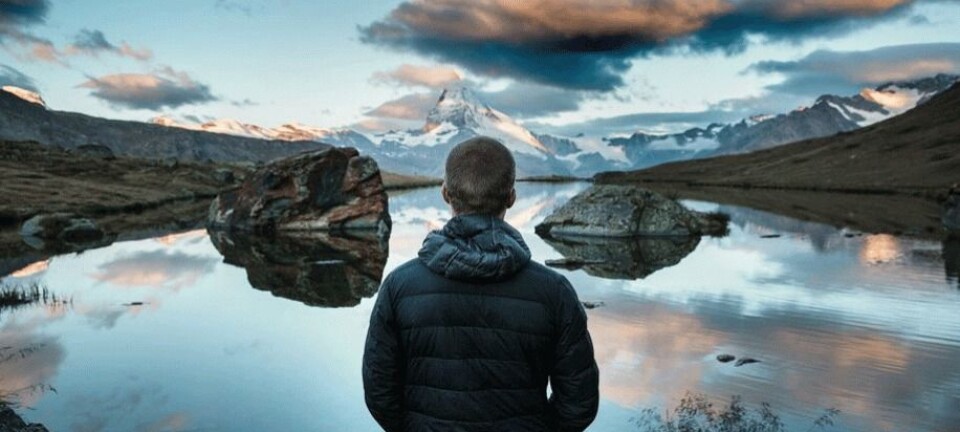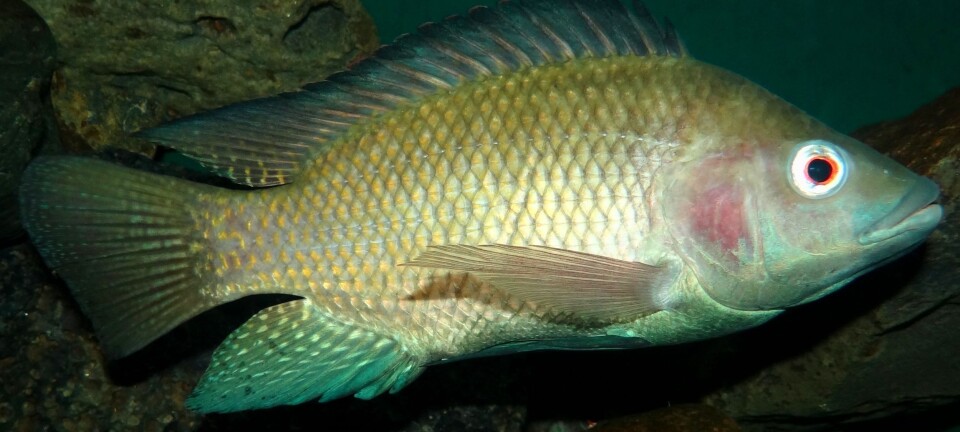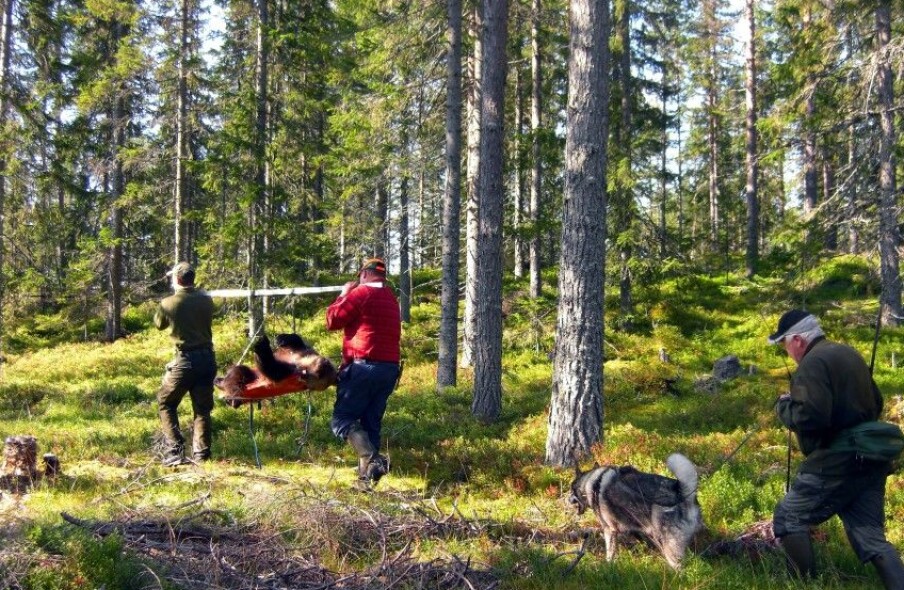This article is produced and financed by the Norwegian University of Life Sciences (NMBU) - read more
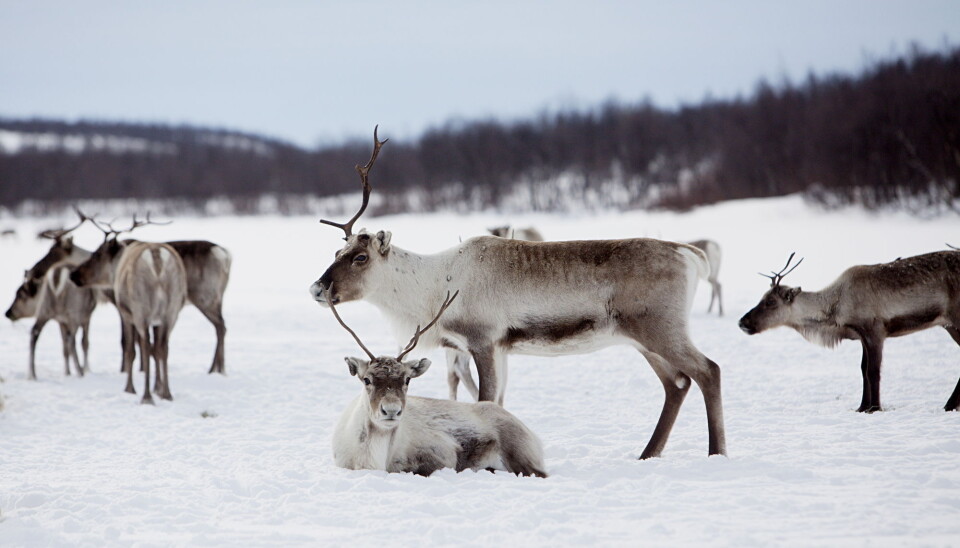
The Norwegian government ordered massive slaughterings of reindeer. Indigenous sami reindeer herders disagreed but were not heard.
Not all reindeer herders and researchers agree that there are too many reindeer, and that overgrazing is happening. These critical voices are not heard by the Norwegian government or the media, according to new research.
For more than a decade the Norwegian Government has implemented policies of culling the reindeer herds in Northern Norway, as they claim the herds are too big to be sustainable. In 2012 the government ordered the slaughter of nearly 40 000 reindeer.
The logic behind the policies can be summed up in the following statement:
‘Reindeer owners build up their herd to maximise their profits and minimise grazing land, and reindeer herding is standing in the way of Finnmark's economic development.’
This is a truth about Norwegian reindeer herding that, according to researcher Kathrine Ivsett Johnsen, seems to leave no room for argument.
"When I started my research in 2012, in the midst of a controversial process of reduction of the reindeer population in Finnmark, it was very clear that the Government and the herders had different ways of understanding both the problem and the process," she says.
Under Norwegian law, only the indigenous Sámi people may own reindeer, except for some areas in the southern part of the country. 73 percent of Sámi reindeer are in Finnmark, and more or less the entire county is defined as reindeer herding areas.
Differences in knowledge and world views
Johnsen recently presented findings from her doctoral thesis on the Norwegian administration of Sámi reindeer husbandry in western Finnmark.
For three years, from 2012-2015, she conducted in-depth interviews and informal talks with reindeer owners and the authorities.
She also worked for a period with four elderly reindeer herders and two other researchers to explore differences in the knowledge and world view of the Reindeer Husbandry Administration and of the herders.
Johnsen has also studied written sources such as public documents, letters and scientific articles, and attended a number of conferences and seminars on reindeer husbandry.
"At these conferences there is usually someone from the Ministry of Agriculture and some researchers who talk about what is rational and sustainable reindeer herding. If reindeer owners are invited as presenters, they are usually ones who support government policy. Reindeer owners who have other perspectives are less likely to be asked to speak”, the researcher says.
Little faith in the Government
Not all reindeer owners oppose the Government and refuse to slaughter. But they all want more self-determination.
"Of those I’ve spoken to, I haven’t met anyone who fully agrees with everything the Administration says. Many have still adapted to the policy, but they all said they wanted more self-management for reindeer husbandry”, says Johnsen.
As an example, Johnsen cites the first decision of the Reindeer Husbandry Board in 2010 to reduce the number of reindeer in Finnmark. The Reindeer Husbandry Board is a public agency organised under The Norwegian Agriculture Agency.
In the case from 2010, reindeer owners and the Reindeer Husbandry Board had negotiated a reduction in numbers with the Agriculture Agency. Then the Ministry of Agriculture got involved and annulled the decision. They wanted to reduce the herds even more.
After this incident, reindeer owners could no longer rely on being heard in the decision-making process, according to Johnsen. The atmosphere became tougher and there was very little trust between reindeer owners and the Government. The Government laid the blame for the lack of reduction of herds on the reindeer owners.
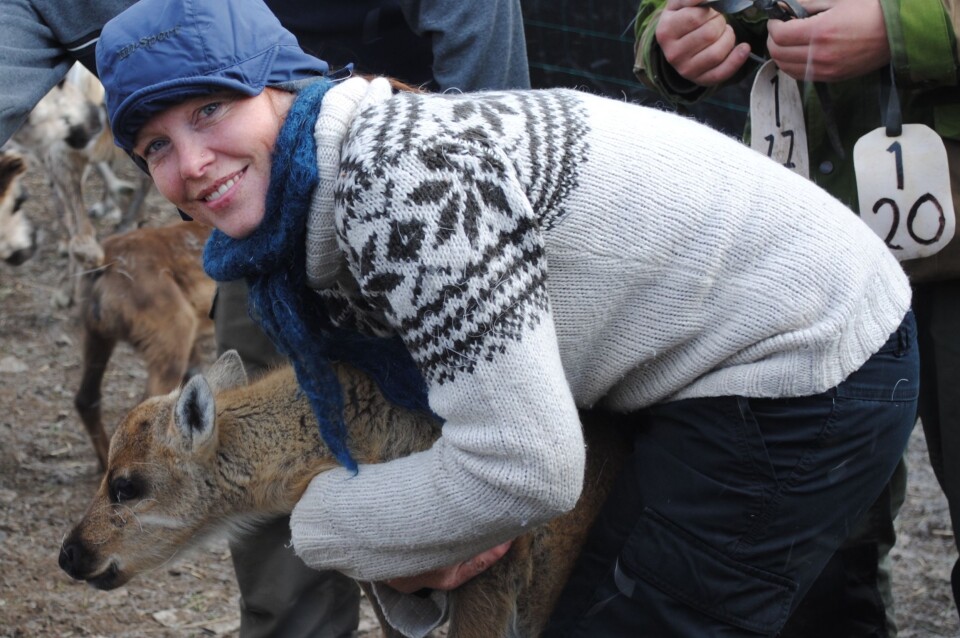
Is there really overgrazing on the Finnmark Plateau?
For more than 100 years, the Norwegian Government has been concerned about overgrazing and too many reindeer herders in western Finnmark. And since 1970, the Government has used various regulations and subsidies to make reindeer husbandry financially efficient by reducing the number of reindeer. However, in western Finnmark, the Government has failed to reduce the reindeer population in line with its goals, partly because of opposition from the herders.
In recent years, several researchers have begun to question the veracity of the Government’s allegations of overgrazing.
NMBU researcher Tor A. Benjaminsen is one of those who finds no compelling evidence that the industry is not environmentally sustainable.
He refers to grazing surveys from 1998, 2005, 2010 and 2013, which are part of a monitoring programme conducted by the Norwegian Institute for Nature Research (NINA). These show that there was considerably more lichen, in other words lots of food for the reindeer, in reindeer grazing areas in 2013 than when monitoring started in 1998.
But with a government policy of reducing the numbers of reindeer and reindeer owners, especially in Finnmark, it is perhaps not surprising that these unpleasant facts are not mentioned in the White Paper, writes Tor Benjaminsen in an article on nrk.no (in Norwegian).
The White Paper he refers to is about reindeer husbandry, dated 2016-2017. It states the need for slaughtering and thus reducing the reindeer population due to overgrazing.
However, the NINA-researchers explained that the good supply of lichen in the 2000s "was due to fewer reindeer around the turn of the millennium, while summer precipitation was much higher on the Finnmark Plateau than the average for 1961-1990" in a related debate earlier in 2019 in the newspaper Nordlys.
The media and politicians repeat the Government's argument
"In my studies, I have seen that the media and political parties tend to repeat explanations from the Government, for example, that reindeer herders are incapable of taking care of their own future. Here too, few people question whether this is actually true,” says Kathrine Johnsen.
She again refers to the case of reindeer numbers from 2010: Regional newspapers in Finnmark mentioned just a few times that the Ministry gave instructions to the Reindeer Husbandry Administration, but the critical questions were lacking in the media and among politicians.
Johnsen believes the reindeer owners’ views are rendered invisible due to issues of power.
“Researchers and bureaucrats use terminology in the political debate that may be unfamiliar to a reindeer herder. The written word is emphasised more than spoken language. If a person does not know the formalities and is not familiar with the procedures for participation in the public debate, it is more difficult to be heard”, she says.
“The Government's representations are seen as objective and rational, while those of reindeer herders are viewed as subjective and opportunistic.”
However, Johnsen points out that the Norwegian media have been somewhat more balanced in their reporting from an ongoing case between the Government and the reindeer owner Jovsset Ánte Sara.
The Government required Sara to reduce his herd from about 350 to 75 reindeer by the end of 2018. Sara took the case to court, where he won in two lower courts, but eventually lost in the Supreme Court.
Jovsset Ánte Sara has now taken his case to the United Nations Human Rights Committee in Geneva, and is currently waiting for the decision. But the Government refuses to wait and demands immediate slaughtering. Sara recently found what he calls a temporary solution in giving away some of his herd to avoid slaughtering.
The Sara-case appeared on the scene after Johnsen had done her field work and is thus not part of the material she has studied.
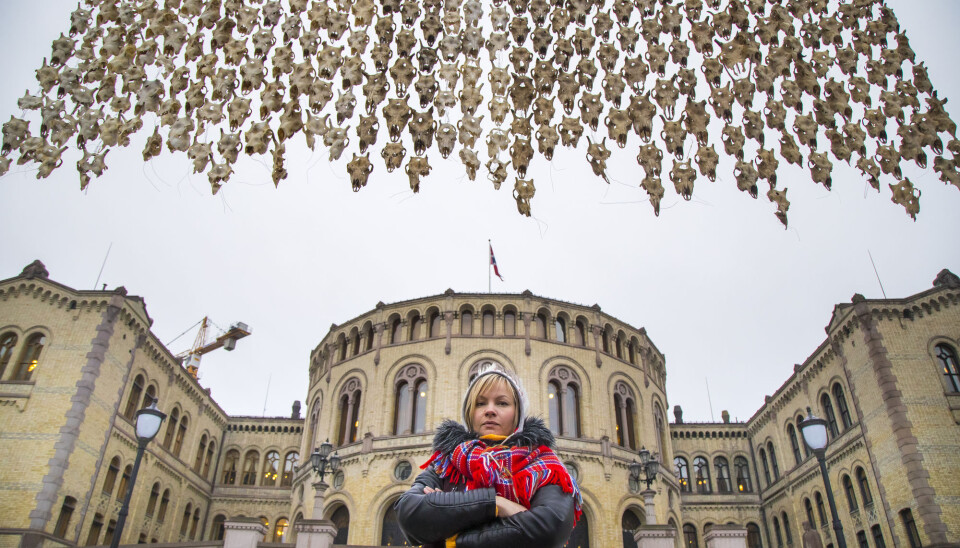
Reindeer husbandry is more than meat production
According to Johnsen, the Government's main goal is sustainable meat production. For reindeer herders, however, meat production is but one of many aspects of reindeer husbandry. For herders, it is also about looking after a reindeer herd that is adapted to the landscape and climate they operate in, the type of grazing they have access to, and local challenges with predators.
Reindeer owners' finances, access to labour and slaughterhouses, meat prices, family situation, and level of trust in the Government also affect the size and composition of the herd.
Today, reindeer owners across the country also experience increased pressure from infrastructure, such as wind and hydropower, cabin villages, mining and general urbanisation – in their grazing areas. This threatens traditional Sámi reindeer husbandry, which in Norway dates back at least to the 17th century, and some say even back to the Viking Age.
A Western worldview
Johnsen states in her thesis that "The Government’s administration of reindeer husbandry promotes a herding practice based on Western knowledge and a Western worldview.”
"This is about how one understands causal relationships”, she explains.
“The Government measures sustainable reindeer herding by looking at the weight of slaughtered reindeer and production volumes. Certainly the administration needs to make some simplifications, but in this context the goals are fixed – it must be market-oriented – which only represents one value of reindeer husbandry.”
In Sámi tradition, reindeer husbandry is a way of life with cultural aspects, in addition to being important financially.
"It is also important to keep in mind that local conditions for reindeer owners around the country can vary considerably”, says Johnsen.
“Losses due to difficult winters, predators or other disruptions will vary from year to year. That makes it difficult to understand how it is possible to have just one standard that applies to the whole country all the time. While the Government maintains that herders should have full control of the herd at all times, the herders see the herd as part of nature governed by its own biological needs,” says the researcher.
State administration creates winners and losers
State administration of Sámi reindeer husbandry creates winners and losers among Sámi herders, she believes.
She explains by saying that there are more reindeer owners than reindeer husbandry permits. Reindeer herding is no longer determined by how skilled you are at it, but by your access to permits and government subsidies.
The holder of a permit has the authority to decide whose reindeer can be included under the permit, the number of reindeer, which ones can be slaughtered and the distribution of subsidies.
“This runs contrary to the Sámi understanding where each person has full control over his or her own reindeer. The permit and subsidy schemes create a new internal balance of power, which is unfortunate,” says Johnsen.
Reference:
Johnsen, K.I.: Motstridende kunnskap, konkurrerende verdensbilder: Norsk forvaltning av samisk reindrift i Vest-Finnmark, Norge[Conflicting Knowledge, Competing Worldviews. Norwegian Administration of Sámi Reindeer Herding in Western Finnmark, Norway]. (2019)








